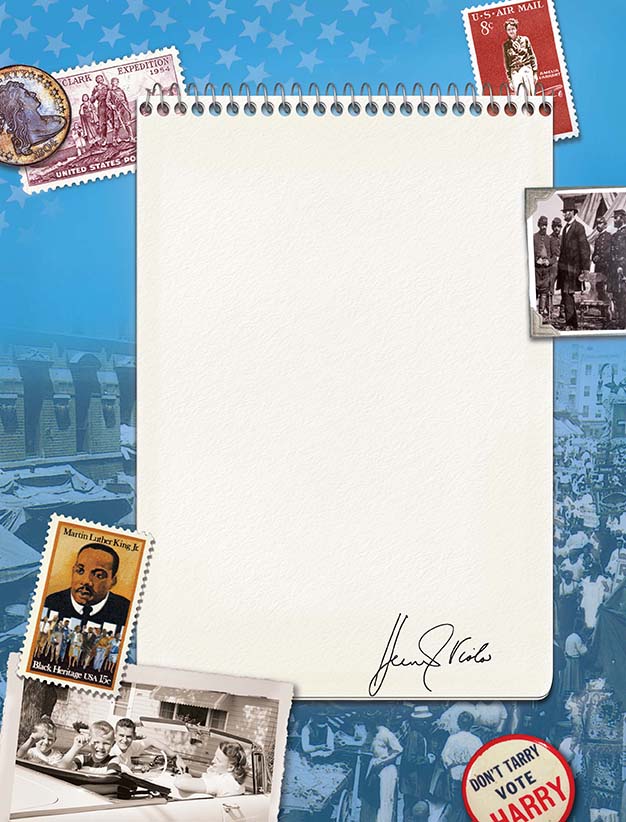Reflections: Art in the New Deal
In reflecting back over 200 years of our nation’s history, I am struck by the American capacity to triumph over adversity. The reaction to the economic depression that followed the 1929 stock market crash is a striking example. For many people, it appeared that America had screeched to a stop. Yet, the common suffering of the Great Depression brought the nation together as nothing else—short of the attacks on Pearl Harbor and the Twin Towers—has ever done.
Much of the credit for rallying the country must go to President Franklin Roosevelt and his advisers. Their challenge was to ease unemployment while preserving the skills and self-esteem of the unemployed. Often lost in the “alphabet soup” of Roosevelt’s New Deal programs is the Works Progress Administration Arts Project, popularly known as the WPA.
Unlike most depression era projects, the WPA sought to help unemployed artists, actors, and musicians. Today, the arts in this country receive financial support from a variety of sources, including the federal government. In the 1930s, the idea of using tax dollars to pay people to paint, act, write, play music, or dance seemed a waste to many wealthy Americans. In the view of some people, even worse was that many of the artists began producing socially conscious art. In other words, it seemed that the government was using the taxes paid by successful business people to pay other people to criticize these same taxpayers.
Despite widespread opposition at the time, the WPA is now regarded as one of the most successful and important of Roosevelt’s New Deal projects. In the graphic arts alone, it accounted for somewhere in the neighborhood of 2,500 murals, 17,000 sculptures, 100,000 paintings, and 240,000 prints and posters.
For their efforts, most of the artists received a weekly paycheck of $23–a princely sum at the time. An unexpected benefit was that the artists had to stand in line each week to receive their checks and, in so doing, they met other artists, thereby forming lifelong friendships and contacts in the art world. The remarkable success of American literature and visual arts today are legacies, in part, of that pioneering federal program.





